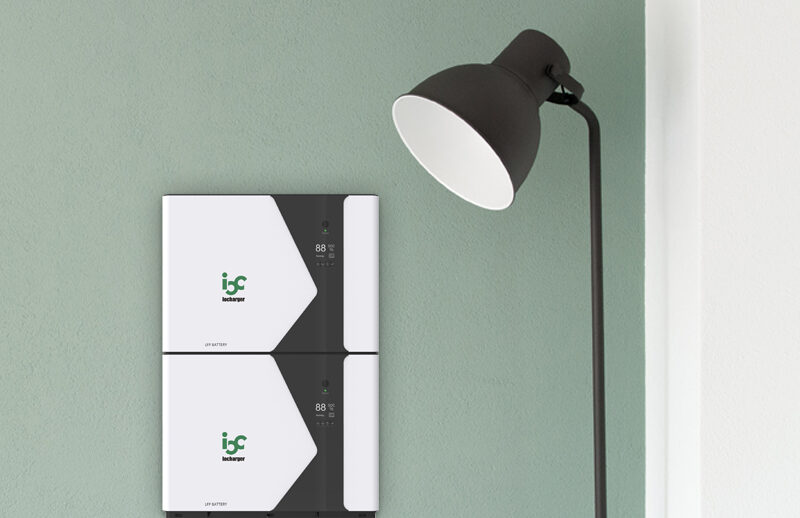
Residential battery storage capacity in Europe reach 9.3GWh by the end of 2022. That is in the solar PV industry trade body’s Medium Scenario, which estimates the continent will reach 39.9GWh of residential storage by 2026.
Home batteries have become an attractive means to reduce electricity bills, especially during a year of huge rises, increased interest in energy resilience and lower carbon footprints. And the growth of residential solar, also helped by various government incentives, has laid the foundation for the attached storage market to take off.
The main headwinds preventing installations from being even higher have been a lack of installers and a shortage of battery cells. Installation is a much greater proportion of overall costs for residential than commercial and industrial (C&I) or utility-scale.
Unsurprisingly, Germany is the biggest market according to the solar PV industry trade body’s data. The country’s residential energy storage market has always been strong as consumers seek to pair storage with home PV, which the government has incentivised, and increase self-sufficiency.
It installed 1.3GWh of home storage systems in 2021, 59% of the total 2.2GWh installed across the continent. Italy, the next-largest market, deployed 321MWh thanks partially to the incentive scheme for home storage, while Austria (132MWh), the UK (128MWh) and Switzerland (79MWh) make up the top five.
One company seeking to capitalize on growth in Germany this week announced the acquisition of Hycube, a residential energy storage system solution provider. It said the German home energy storage market is worth €5 billion.
